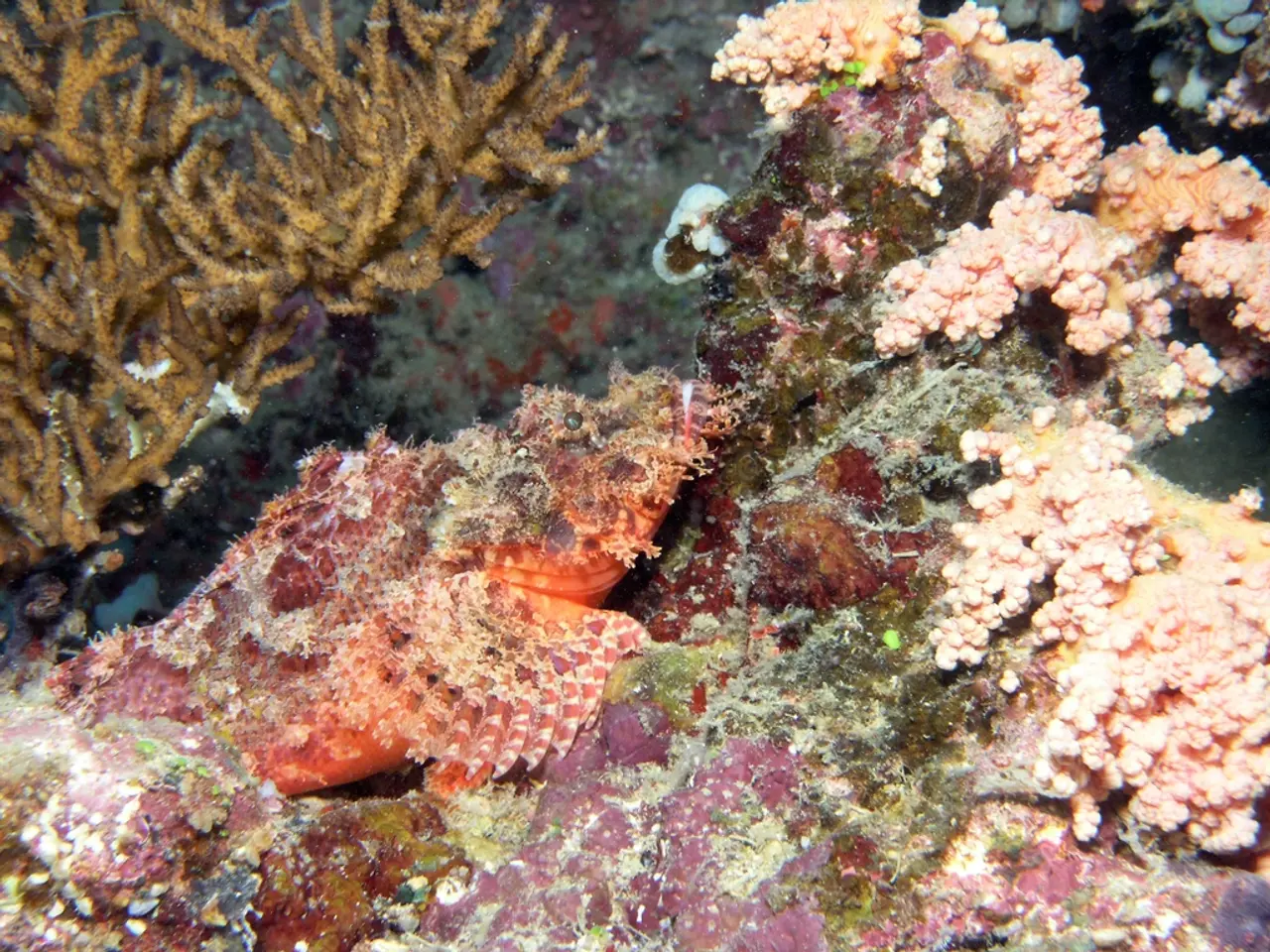MPAs Boost Kelp Forests' Resilience Under Climate Stress
California's kelp forests, vital ecosystems that absorb carbon and protect shorelines, have faced severe threats from marine heat waves and imbalanced food webs. A recent study reveals that Marine Protected Areas (MPAs) can enhance the resilience of these forests under climate stress.
California's kelp forests have suffered significantly due to climate disturbances and overgrazing by sea urchins. A 2014-2016 heat wave led to a devastating loss of over 90% of the kelp canopy in Northern California. However, research shows that MPAs can help mitigate these impacts.
MPAs with fishing restrictions demonstrated an 8.5% increase in kelp coverage compared to unprotected areas after the 2014-2016 marine heat wave. The effectiveness of MPAs varies, with 'no-take' areas, where fishing is strictly prohibited, showing the most protection. These areas provide refuge for predators that can control sea urchin populations, allowing kelp forests to recover. Kelp canopy serves as an indicator of ecosystem resilience within MPAs under climate stress. MPAs can complement existing biodiversity preservation efforts, offering an additional tool for protecting kelp forests.
While climate stress and overgrazing by sea urchins pose significant threats to California's kelp forests, MPAs have shown promise in enhancing the resilience of these vital ecosystems. By providing refuge for predators and limiting fishing, MPAs can help protect and restore kelp forests, contributing to a healthier marine environment.
Read also:
- Reconsidering the Approach to Mountain Height Measurement?
- UK automaker, Jaguar Land Rover, to commit £500 million for electric vehicle manufacturing in Merseyside
- Standard Nuclear & Framatome Join Forces to Boost TRISO Fuel Production by 2027
- Exhibition Spotlights Child Labor in Lithium and Cobalt Mines








